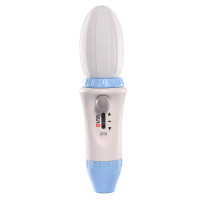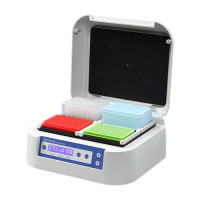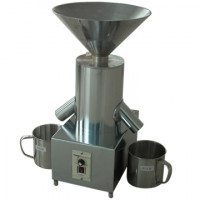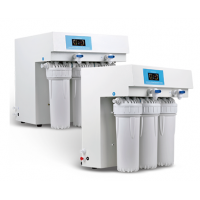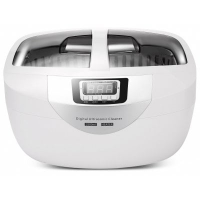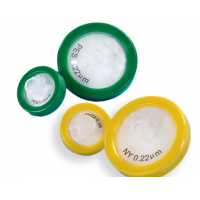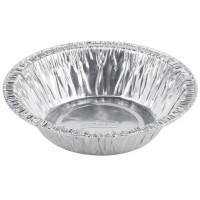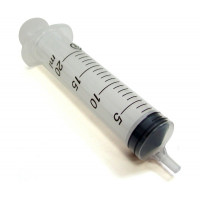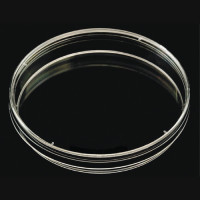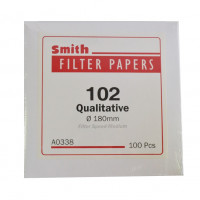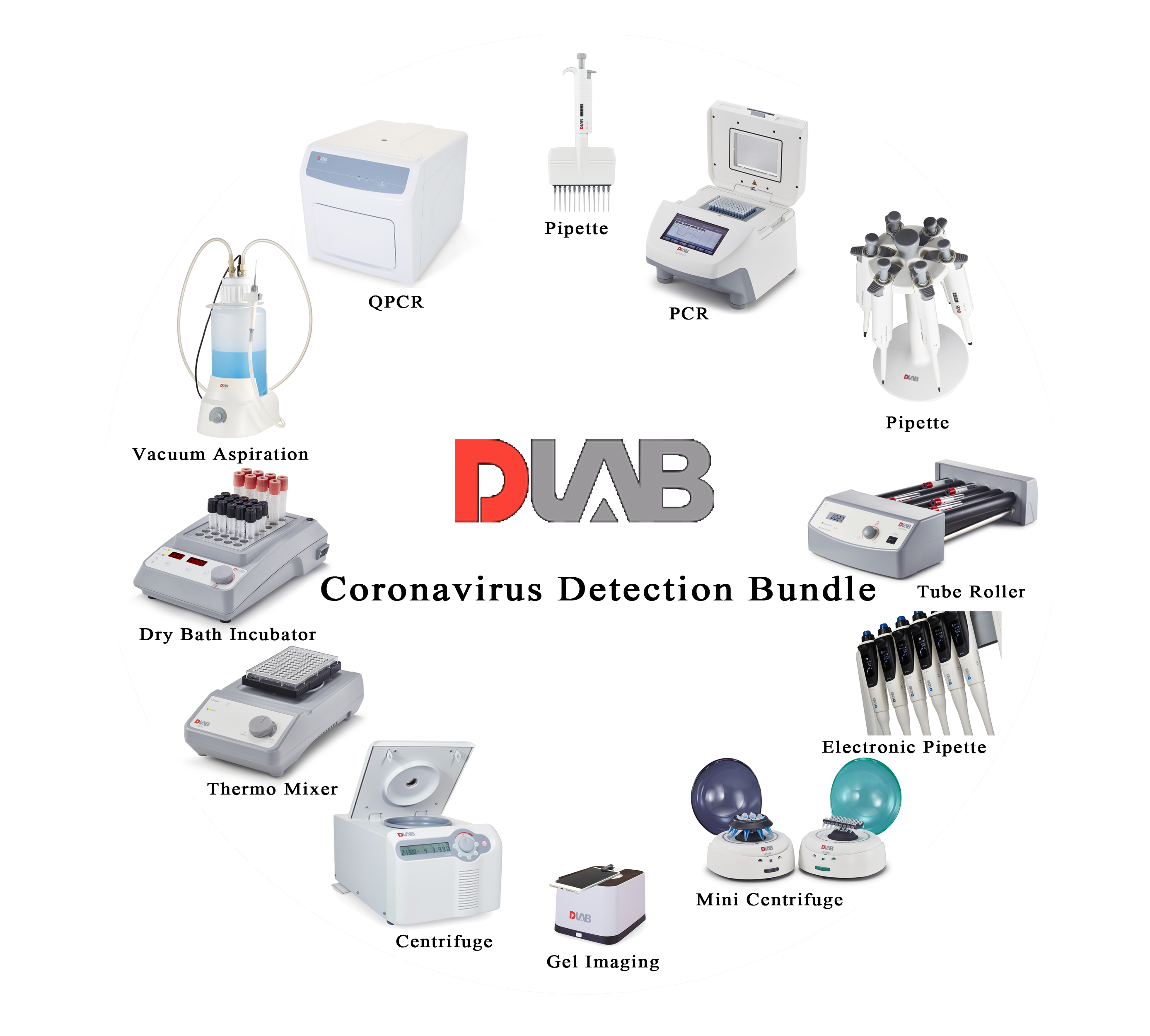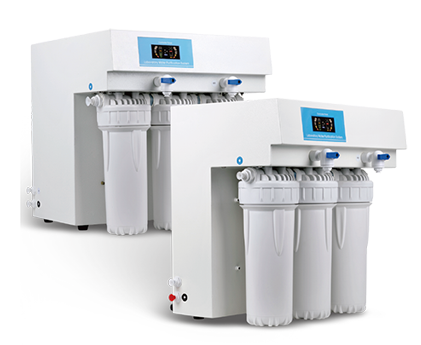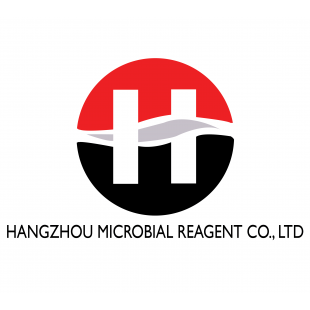Ask Question About Product
Description:
Methods for indicator or index organisms provide a simple approach for routine screening of foods. Besides safety, indicator groups provide a measure of food quality and spoilage potential. One of the most common groups of bacteria employed as indicator organisms by the food industry are the coliforms, which can be regarded as a subgroup within the Enterobacteriaceae.
Coliforms are commonly defined by their ability to ferment lactose rapidly, producing acid and gas, typically within 24 hours. The genera that would be commonly expected to belong to this group include Enterobacter, Klebsiella, Citrobacter and Escherichia, particularly Escherichia coli. However, species belonging to other genera, for example Erwinia and Serratia, can also ferment lactose, albeit slowly, and some strains of Citrobacter and Klebsiella, as well as Salmonella arizonae and Hafnia alvei, show delayed or variable fermentation ability.
Coliforms rapidly ferment the lactose in VRBL Agar (ISO) and so reduce the pH of the medium, producing red-purple colonies, due to the inclusion of neutral red and crystal violet. These colonies are usually surrounded by red-purple halos of precipitated bile salts.
Non-lactose or late lactose fermenters produce straw or colourless colonies with greenish halos. Other related Gram-negative bacteria may grow but can be suppressed by incubation at >42°C or by anaerobic incubation. Crystal violet and bile salts inhibit the growth of Gram-positive flora.
Specification:
250g

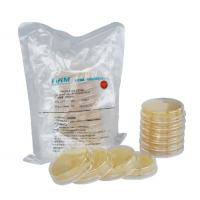
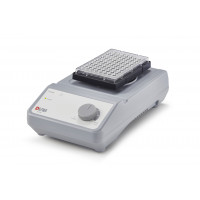
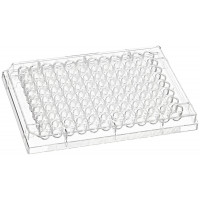
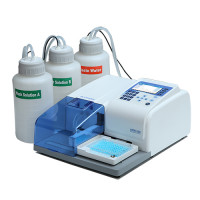
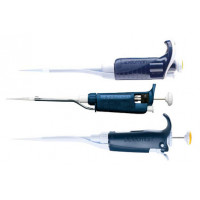
-200x200.jpg)
